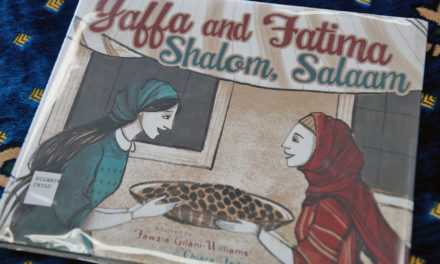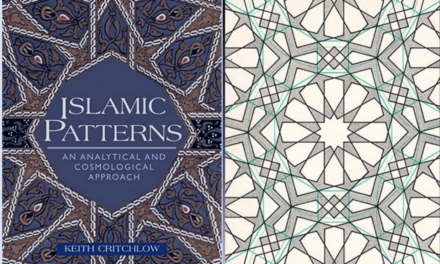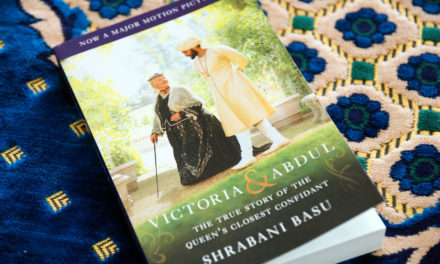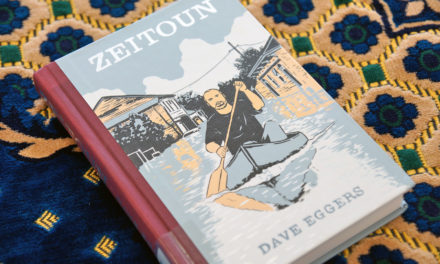Photo © Kid World Citizen
Elise Bellin, Librarian of the Islamic Resource Center, wrote this book review as part of an ongoing series that focuses on a range of books within the IRC collection as a service to the community.
The Golden Sandal: A Middle Eastern Cinderella by Rebecca Hickox, ISBN: 0823413314 (2012) & Cinderella: An Islamic Tale by Fawzia Gilani, ISBN: 9780860374732 (1998)
In recent years it has become a fad to retell fairytales and classic stories from other points of view or in other contexts or time periods. It is an interesting concept and one that, if done well, can serve as a gateway to another perspective, another culture, another set of expectations. Looking at a story from another perspective can bring two cultures together. True, this habit of co-opting another person’s or culture’s story isn’t new. It is as old as time. It simply has become more visible.
When it comes to Cinderella, this story has made it a few times around the world in almost every culture there is, making it a prime example of this concept. The earliest version known isn’t the French version that Disney used as its template but either a possible tale from 7 BC Greece or the more recognized tale from 860 AD in China. Today’s titles take this well-known story and bring it to the Middle East. One version takes on the role of a more traditional fable. The other stays fairly close to the Disney-fied French version. Both are beautifully done and act as a two-way bridge between Muslim and Western cultures.

In The Golden Sandal, the Cinderella character is named Maha. She arranges the marriage between her fisherman father and their neighbor with a single daughter. Instead of a fairy godmother, as in the French version, there is instead a magical talking fish that she frees from her father’s catch, as has been a feature of a number of Arab folktales. It was to a bride’s party that Maha wished to go, and it was the brother of the bride who found her golden sandal, given to her by the fish, and wanted to marry the owner of such a magnificent sandal, the mother of the bride who went in search of its owner.
It even takes some of the German version in disfiguring the stepmother and stepsister (in this case forcing them to lose their hair and smell atrocious) after the fact as the price of arrogance and greed. This story, to me, reminds me of something between a Grimm fairytale and something out of 1001 Arabian Nights. There are enough classic elements from various sources to bridge multiple gaps and create a truly unique story.
In Cinderella: An Islamic Tale, we see more of the French version peeking through than traditional fable. The Cinderella character is named Zahra and there is more mention of and emphasis in the Qur’an and inner beauty to that of physical. Instead of a fairy godmother, it is her long-lost grandmother, come home from Hajj. Instead of a ball, it is an Eid party at the palace. The emphasis is strongly on moral character and modesty. Plenty of translated quotes from the Qur’an have included in context as wisdom this Cinderella relies upon in her daily struggles and even at the party. They maintain the glass slipper which was actually a mistranslation when the French variation was first translated into English. There is no disfigurement of the stepfamily, only repentance and forgiveness.

This stays true enough to the version of Cinderella that Westerners know to make the true-blue fans comfortable with all of the Muslim content. It is less unique but with more grounding in actual religion.
Both are excellent examples of the cultural bridge a story can be.














